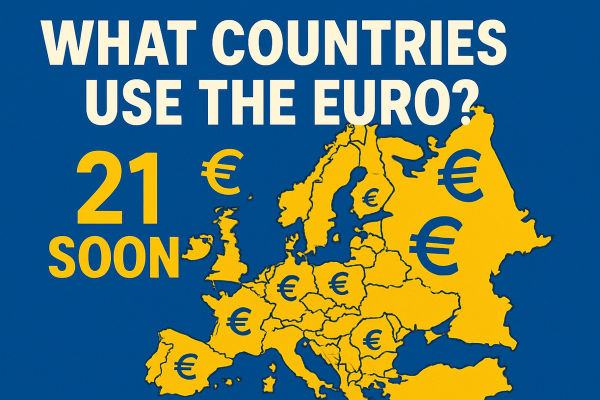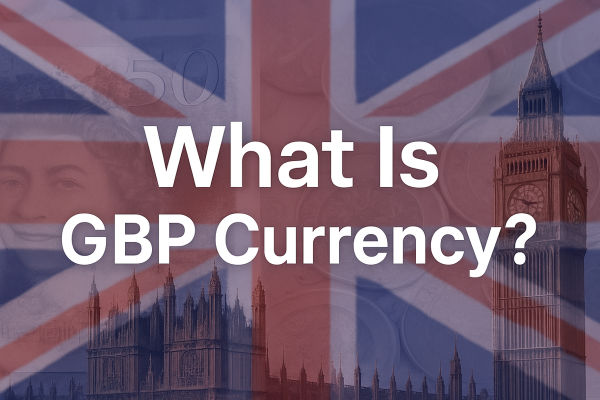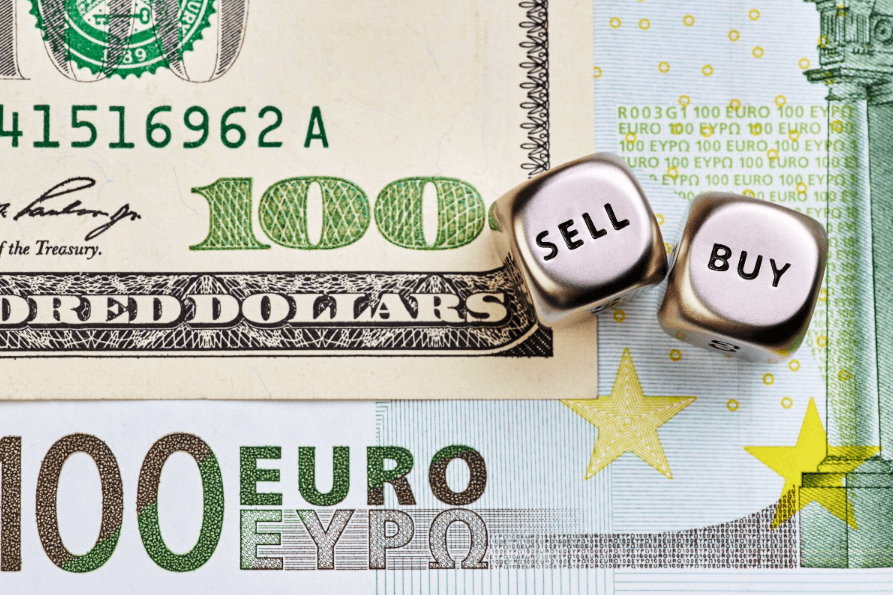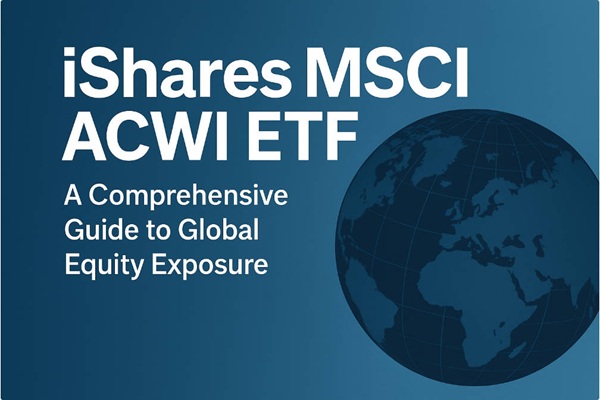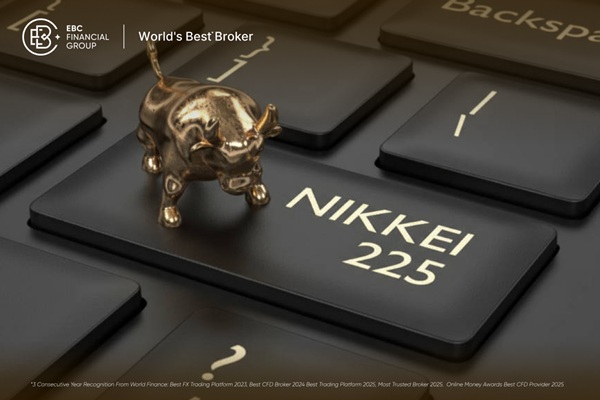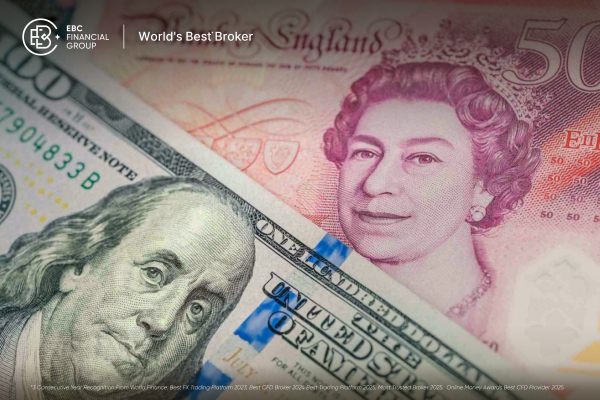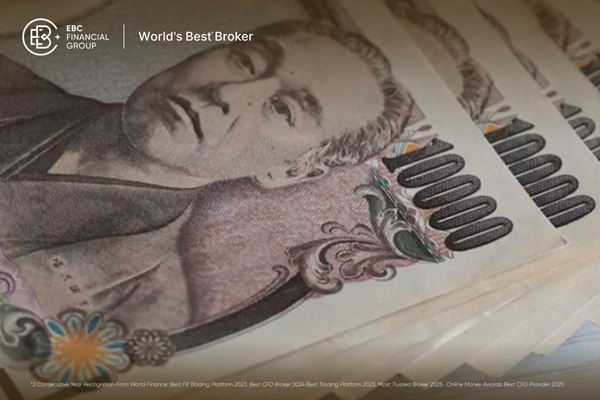Ireland is a country with a rich cultural history—and that includes its economic and monetary evolution. One of the most common questions from investors and currency enthusiasts alike is: What currency does Ireland use today— the Euro or the Punt?
In this comprehensive guide, we'll explore the history of the Irish currency, the transition to the Euro, and the fascinating journey of independence, economic strategy, and European integration.
What Currency Does Ireland Use Today?
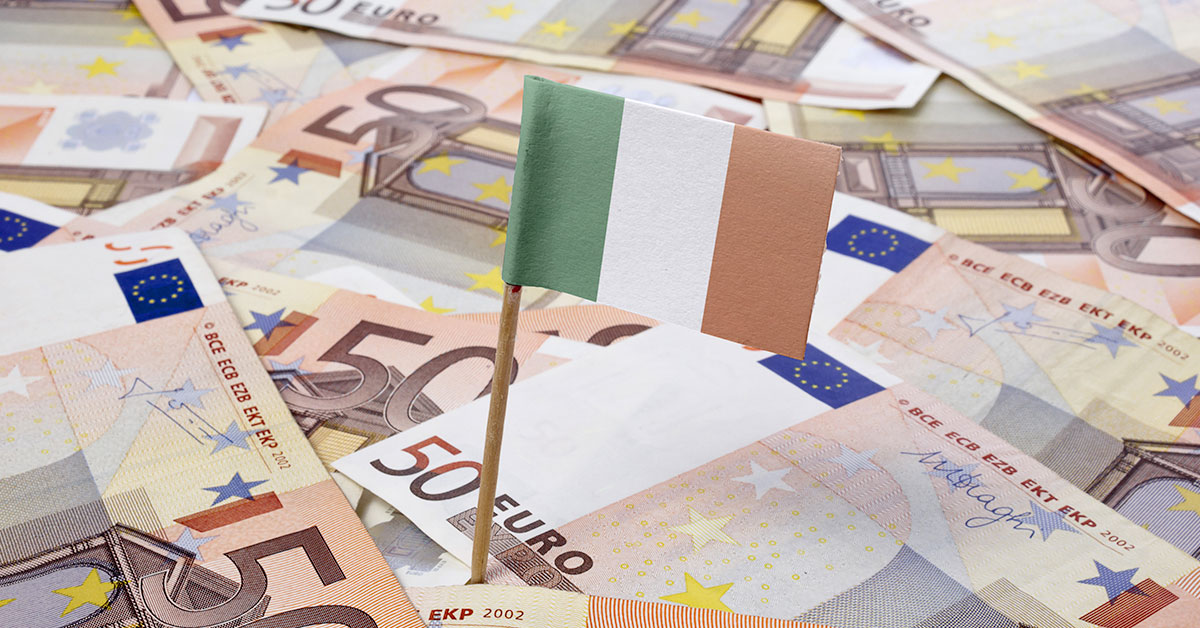
As of 2025, Ireland uses the Euro (EUR, €) as its official currency. The country adopted the Euro in 1999 for electronic transactions and in 2002 for physical cash, replacing the Irish Punt (IEP).
Current currency: Euro (€)
Currency code: EUR
Subunits: 1 Euro = 100 cents
Central bank: European Central Bank (ECB), with implementation by the Central Bank of Ireland
The Role of the Central Bank of Ireland
While the European Central Bank (ECB) sets Europe's monetary policy, the Central Bank of Ireland enforces it locally.
Core Functions:
Supervising Irish financial institutions
Managing foreign reserves
Promoting financial stability
Implementing ECB monetary decisions
Historical Legacy:
Even after adopting the Euro, the Central Bank retains the nostalgic national identity tied to the Punt.
It maintains archives and occasionally issues commemorative materials.
Looking Back at the History of Ireland's Currency
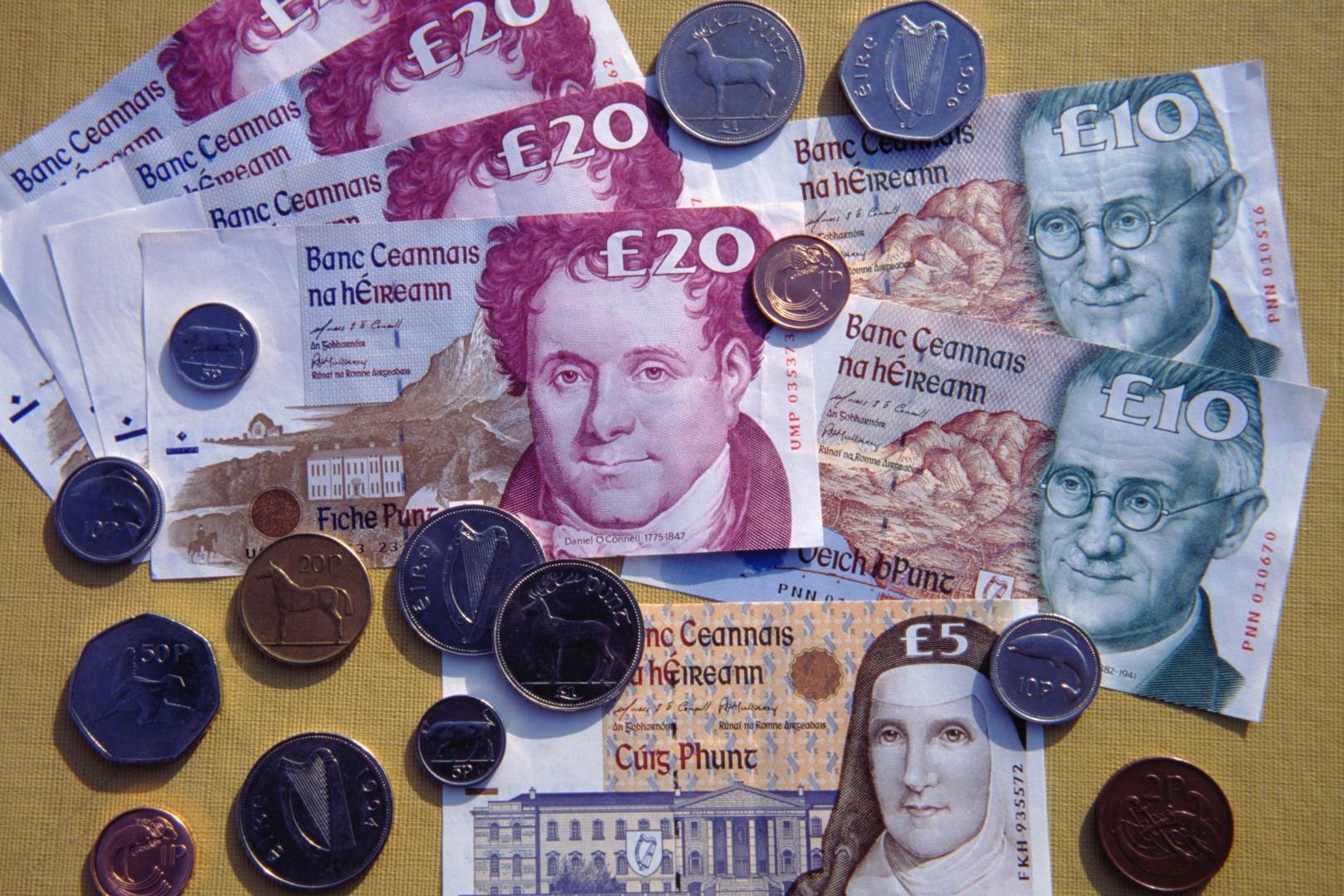
1. The Irish Pound (Punt) Origins
Before adopting the Euro, Ireland used the Irish Pound, known in Gaelic as An Punt Éireannach.
It was introduced in 1928, shortly after the creation of the Irish Free State.
Initially pegged 1:1 with the British Pound Sterling until 1979.
The Irish pound had its coins and notes but was strongly influenced by British monetary policy.
2. Decimalisation and Modernisation
In 1971, like the UK, Ireland decimalised its currency:
1 Irish pound = 100 pence.
New decimal coins and notes were issued.
This period marked Ireland's move toward a more independent economy, especially after breaking the sterling peg.
3. Transition to the Euro
In 1999, the Euro was introduced as a non-physical currency in Ireland for banking and electronic transactions.
On January 1, 2002, Ireland fully transitioned, adopting Euro coins and banknotes.
The Irish pound was officially withdrawn from circulation on February 9 of the same year.
Why Did Ireland Adopt the Euro?
1. EU Membership Obligations
As a member of the European Union, Ireland committed to deeper economic and monetary integration, including:
2. Greater Economic Stability
By joining the European Monetary Union, Ireland gained:
3. Boost to Foreign Investment
Multinational corporations (like Google, Meta, and Apple) are drawn to Ireland partly because of Eurozone access.
The Euro enhances financial credibility and simplifies transactions within the EU.
The Euro and Its Impact on Ireland
Since adopting the Euro, Ireland has seen significant economic transformations.
Benefits of the Euro for Ireland
Easier Trade: No need for currency conversion with other Eurozone countries.
Lower Interest Rates: Access to broader European financial markets.
Tourism Boost: Simplified travel and spending for visitors from Europe.
Monetary Stability: Centralised inflation targeting by the European Central Bank.
Economic Challenges
However, adopting the Euro has also posed challenges:
Loss of Sovereign Control: Ireland can't independently control its monetary policy.
Debt Crisis Vulnerability: Shared currency means shared consequences.
Exchange Rate Limitations: No ability to devalue its own currency during downturns.
Can You Still Use the Punt in Ireland?
No — the Irish Punt is no longer legal tender.
However:
You can still exchange old Irish pound notes and coins at the Central Bank of Ireland.
As of the latest report, over €300 million worth of Irish pounds remains unredeemed.
Tip for collectors: Some rare Irish punt coins and notes now have significant collectable value.
How the Euro Has Performed in Ireland (2002–2025)
| Year |
Key Event |
EUR Strength |
| 2002 |
Euro becomes physical currency |
Stable start |
| 2008 |
Global financial crash |
EUR weakens |
| 2012 |
Eurozone debt crisis |
Severe volatility |
| 2020 |
COVID-19 pandemic |
Temporary weakness |
| 2022 |
ECB rate hikes |
Euro strengthens |
| 2025 |
Global inflation stabilising |
Strong against emerging market currencies |
2025 Update: How Is the Euro Performing in Ireland?
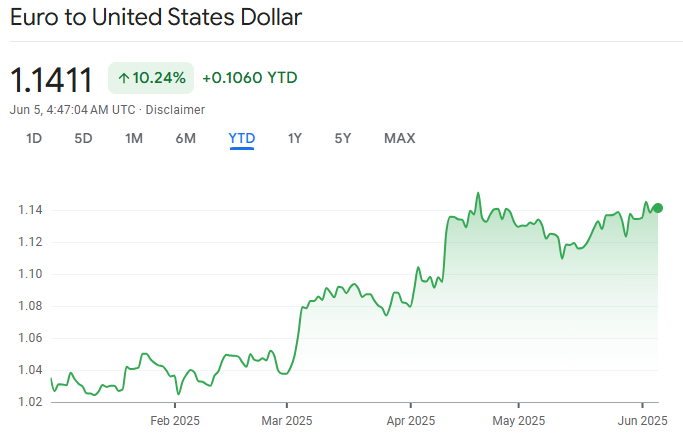
As of June 2025, the Euro remains strong against currencies like the Turkish Lira, Argentine Peso, and several African and Asian currencies.
The EUR/USD exchange rate hovers around 1.08–1.10, slightly weaker than the early 2024 due to Fed interest rate differentials.
Inflation in Ireland is stabilising at 2.3%, in line with ECB targets.
Therefore, forex traders can take advantage of euro volatility, especially against emerging market currencies and during ECB rate announcements.
Conclusion
In conclusion, Ireland's journey from the Punt to the Euro mirrors its integration into Europe's economic framework. While the Irish Punt holds nostalgic and historical value, today's reality is firmly rooted in the Eurozone. For traders, understanding this transition is essential to navigating Ireland's modern financial landscape.
Whether you're analysing Forex trends or just curious about global currencies, the answer is clear: The Euro Is Ireland's currency — the Punt is its past.
Disclaimer: This material is for general information purposes only and is not intended as (and should not be considered to be) financial, investment or other advice on which reliance should be placed. No opinion given in the material constitutes a recommendation by EBC or the author that any particular investment, security, transaction or investment strategy is suitable for any specific person.










